The Seven Wonders of St. Mary’s
The seven wonders of St. Mary’s College of Maryland are important landmarks on campus which are known for their historical significance and link to student traditions.
-
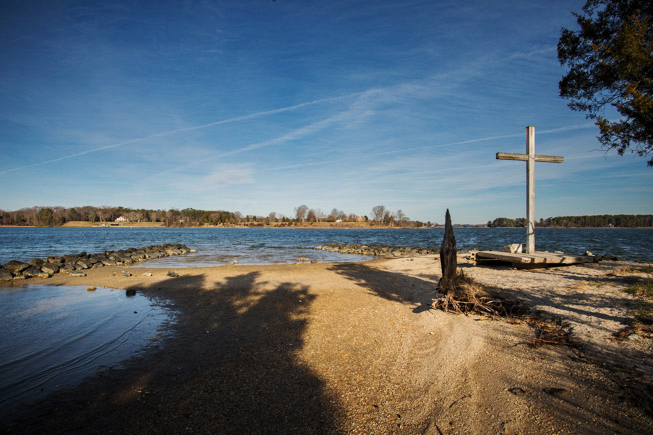
Church Point, Winter 2015 Church Point
One of the oldest of the seven wonders,
Church Point probably existed long before the Calverts landed in 1634. It’s a popular hub for student recreation and campfire gatherings. Over the years the Point has lost land to shoreline erosion, which is why it serves as a reminder for the community to continue its commitment to environmental stewardship and sustainability.
-
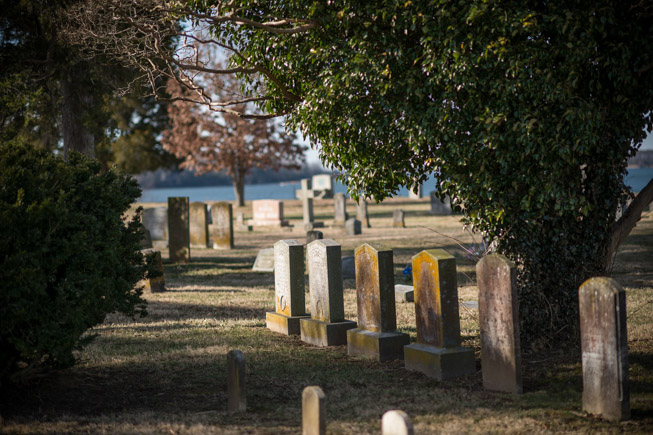
Where is the Hidden Grave? The Hidden Grave
The most mysterious of the seven wonders,
the “Hidden Grave” is meant to be found by first year students. The first mention of the “Hidden Grave” appears in 1959 in The Signal News student newspaper, but alumni have mentioned it as far back as 1956. Can you figure out which grave it is?
-
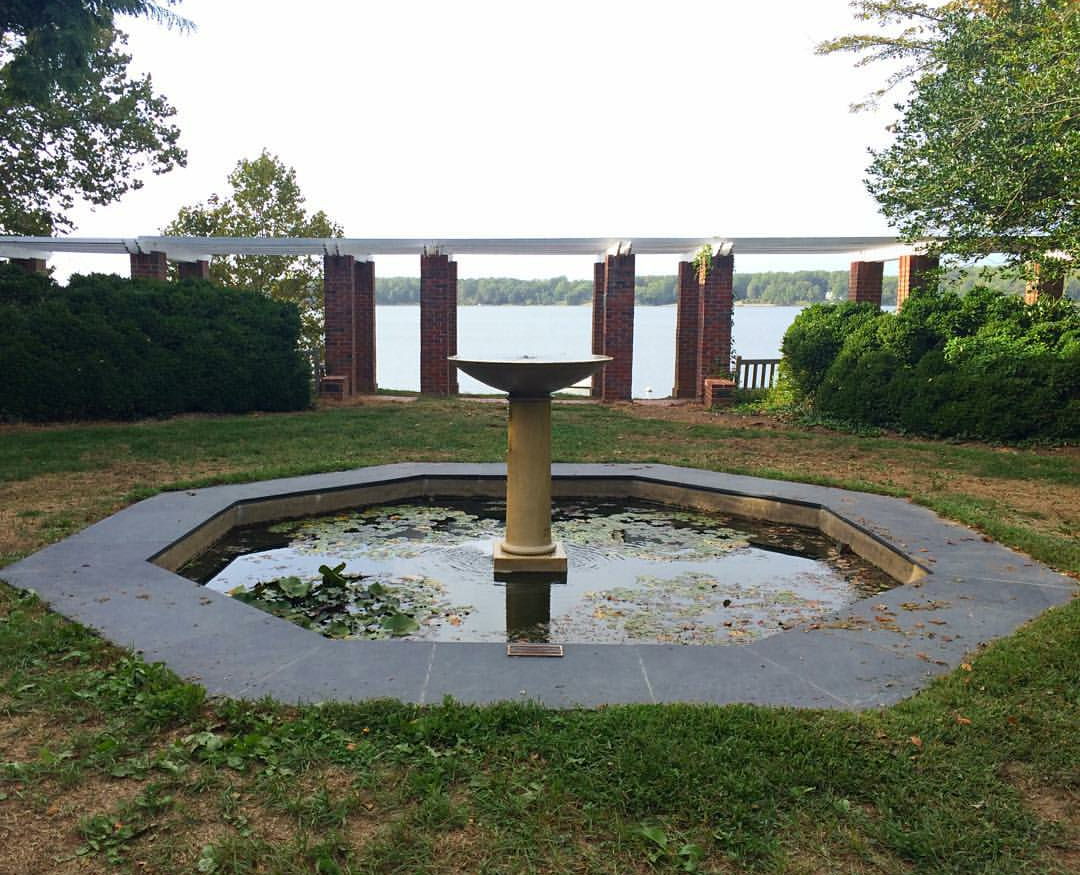
The Garden of Remembrance, throughout all four seasons The Garden of Remembrance
Located near Kent Hall,
the Garden of Remembrance is a beautiful place to sit, contemplate, and gaze at the St. Mary’s River. The Garden was built and dedicated in 1934 as a showpiece for the Tercentenary celebration marking the 300th anniversary of St. Mary’s City’s founding.
-
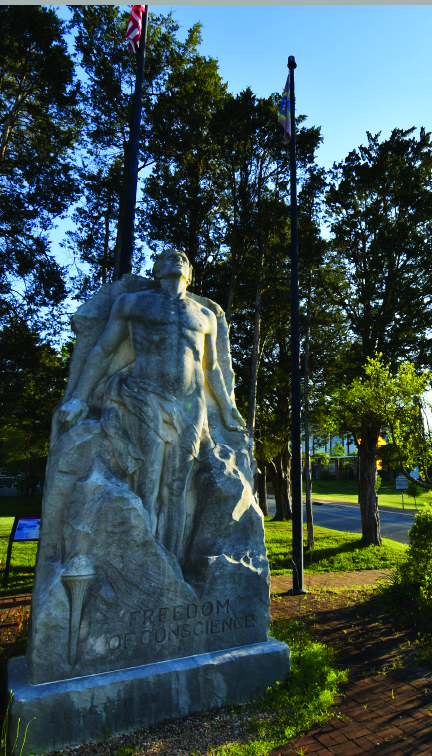
Freedom of Conscience Statue The Freedom of Conscience Statue
The Freedom of Conscience Statue can be seen from the intersection of Route 5 and Trinity Church Road.
The statue was commissioned by the state for the 300th anniversary celebration. Many a prank has been played on this campus icon over the years, including but not limited to, extra articles of clothing appearing overnight. In the 1960s during “Rat Week,” new students had to scrub the statue with toothbrushes. Famous sculptor Hans Schuler, Sr. carved the statue.
-
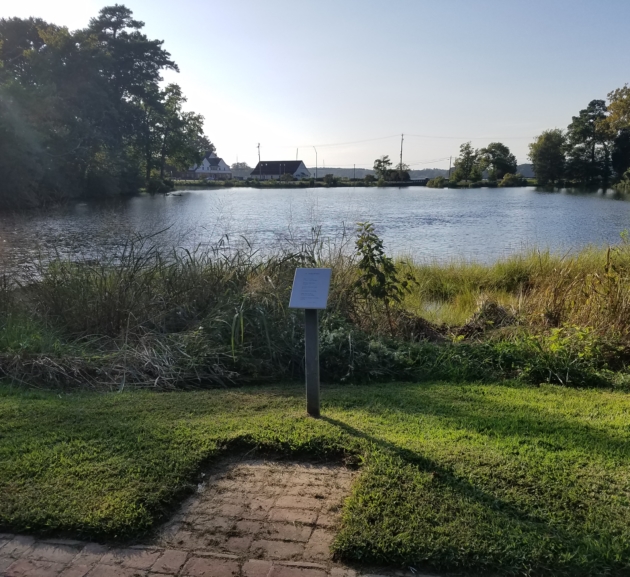
St. John’s Pond daytime and sunset St. John’s Pond
Located between the Hilda C. Landers Library and Queen Anne Hall,
St. John’s Pond is a landmark on campus that students pass by every day on their way to the campus center. St. John’s Pond was used as a harbor for the colonists in the 17th century and connected to Mill Creek, the swampy area behind Dorchester Hall. Students used it for ice skating as early as the 1930s. In 1970, the tradition of “ponding” first entered the historical record. “Ponding” is a birthday tradition where students are thrown into the pond. Half-Birthdays are not forgotten if they fall during the warm months.
-

The Bell Tower on a sunny day The Bell Tower
Located near the fifth wonder, St. John’s Pond,
the Bell Tower stands as a remembrance of Seahawks who have passed away. It was dedicated in 1980 by the College Foundation. Student use started almost immediately after the tower was built as the starting point for Frisbee golf tournaments and continues to be a golf hole today. Many students have tried to climb to the top of the tower, but few are successful.
-
-

The Shoe tree in all its glory. The Shoe Tree
Standing between Prince George and Dorchester residence halls,
The Shoe Tree tradition was started around 1983-1986. It originally started as a living legacy for seniors to throw their shoes in upon graduation. The tradition did not come to symbolize a student’s celebration of their academic successes until 2014-2015. The earliest shoes may have been thrown up there in 1977 or 1978 by a Frisbee golfer.
-
